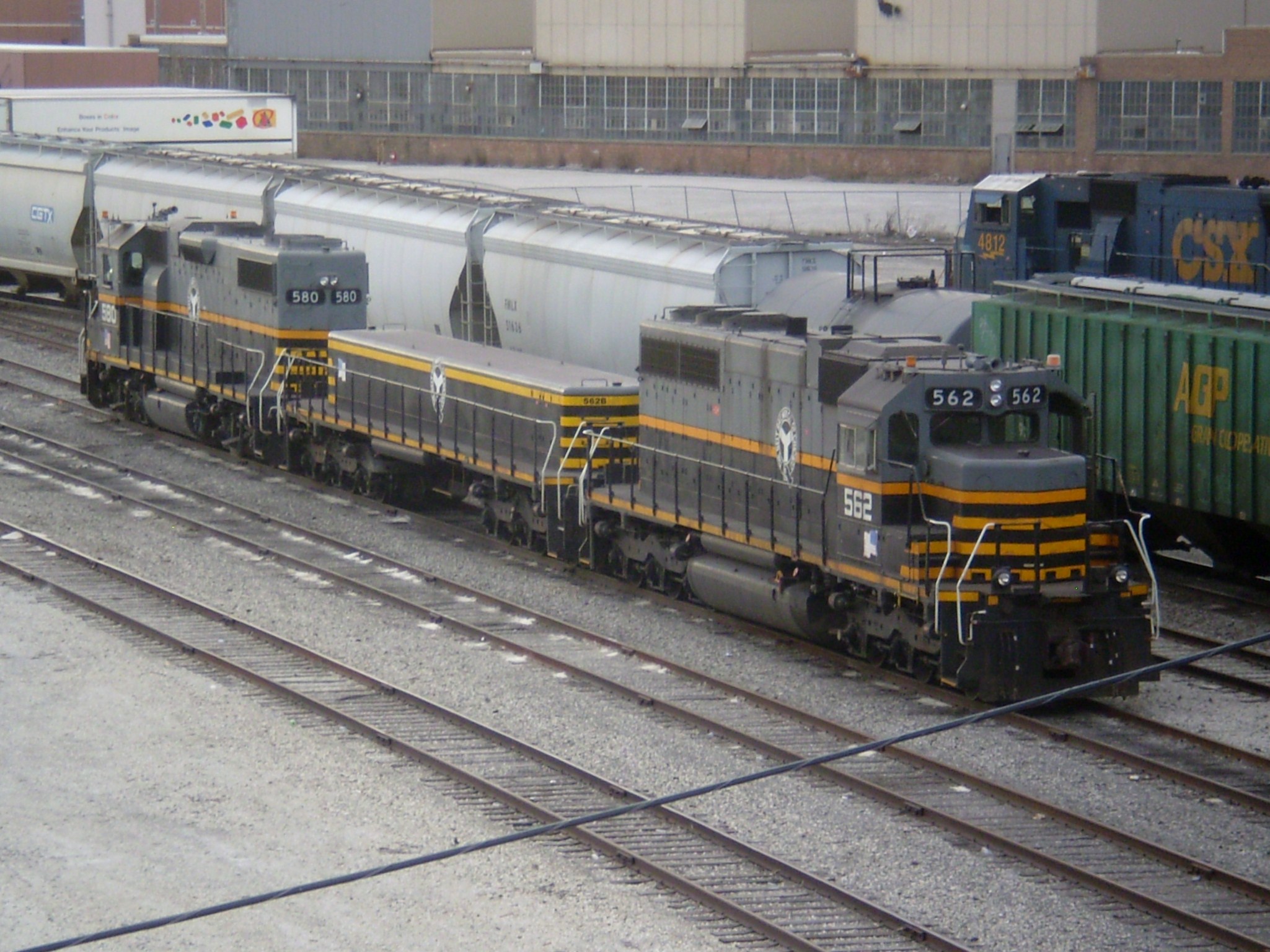A great vantage point!
The history of the Clearing Yard is interesting and is found in a fascinating story of a practical railroad dreamer who lived in the days of empire builders. His name was Stickney and he was president of the Chicago & Great Western Railway, whose line reached Chicago in 1886.
He conceived an enormous Clearing Yard for the ever increasing flow of freight which he foresaw for Chicago when its distribution facilities had been exploited. His first thought was location and his first requirement was a site outside the city where the burden of taxation could not eat away the economical advantages of his Clearing Yard.
In 1889 he proceeded with the construction of his conception of a clearing house for railroad cars. This was a four track circle, a mile in diameter, into which he proposed to have the railroads feed their freight trains at different intervals, dropping off cars destined for other railroads into radial tracks and shunting those for industries upon tangent spurs.

You can see the faint remains of the 'Circle' (Stickney's Folly) in this 1938 Aerial Photo.
Stickney called it his Clearing Yard and thus gave the name Clearing to the industrial district which was to be its ultimate successor. This circle ran from 55th Street on the north to 79th Street on the south and from Harlem Avenue on the west to Cicero Avenue on the east.
The plan was found to be impractical and never reached a tryout stage. So Stickney passed out of the picture and his circle went back to nature.
Then for years, 4,000 acres lay idle, but not forgotten. H.H. Porter, another of the empire builders, a railroad president and banker, picked up where Stickney left off. In 1898 he laid out a car sorting yard employing the hump gravity principle for the first time on a large scale.
The yard commenced operation on April 1st, 1902, and Mr. Porter invited the railroads to come and use it. Despite his position as chairman of the Chicago & Eastern Illinois Railroad, he was unable to convince his fellow railroaders of its practicability or to agree to its cooperative use. The Yard remained in general operation for one month only, but continued to handle some switching business on a small scale until August 1912. In order to fit into Belt Railway plans of terminal operation, it was necessary to tear out, salvage, rebuild and enlarge. It took the years 1913, 1914 and part of 1915 to do it.

A Pair of Belt Railway Locomotives and a Yard Slug
Please visit the nearby companion cache Chicago Railroads - Clearing Hump Hill.

Thanks to AThrillofTheHunt for the way cool photo!